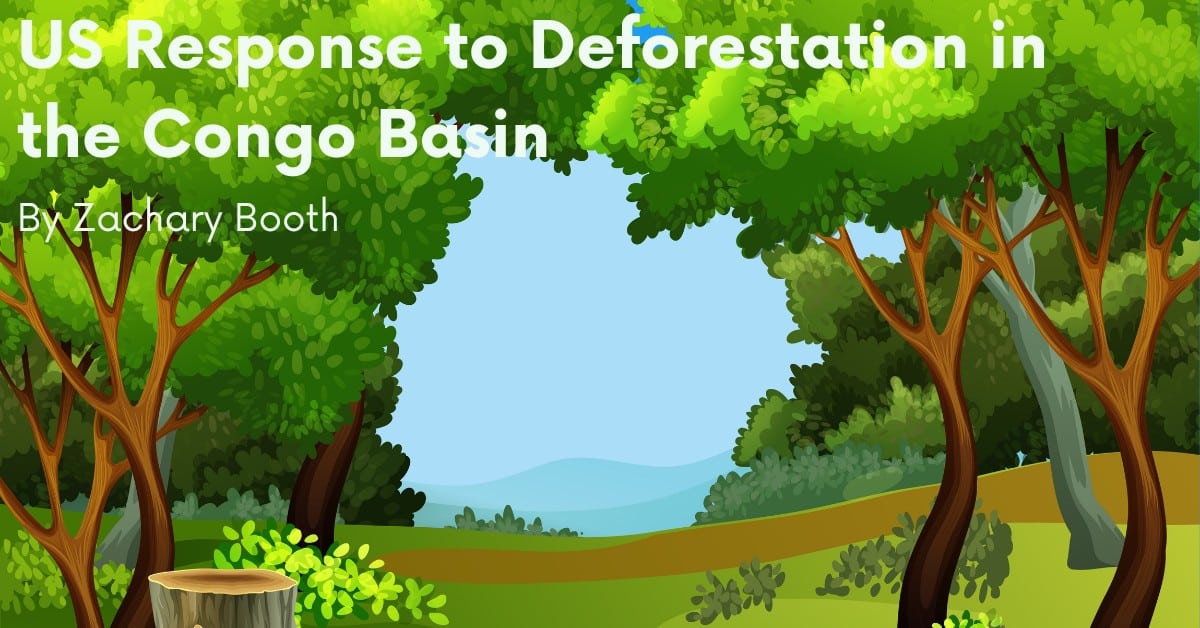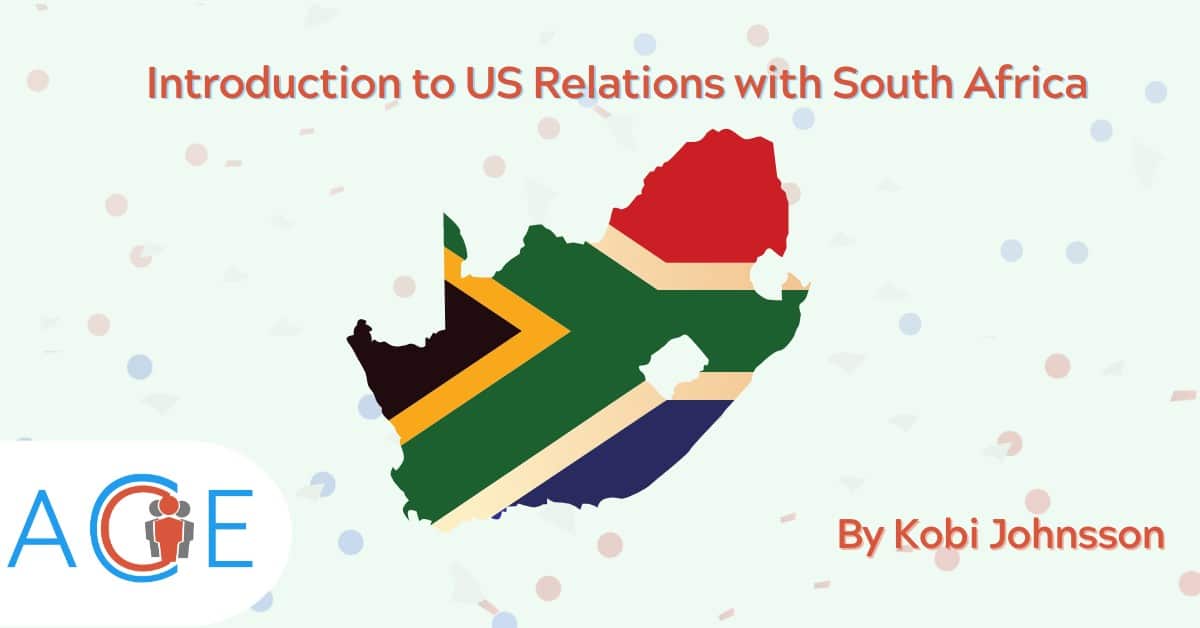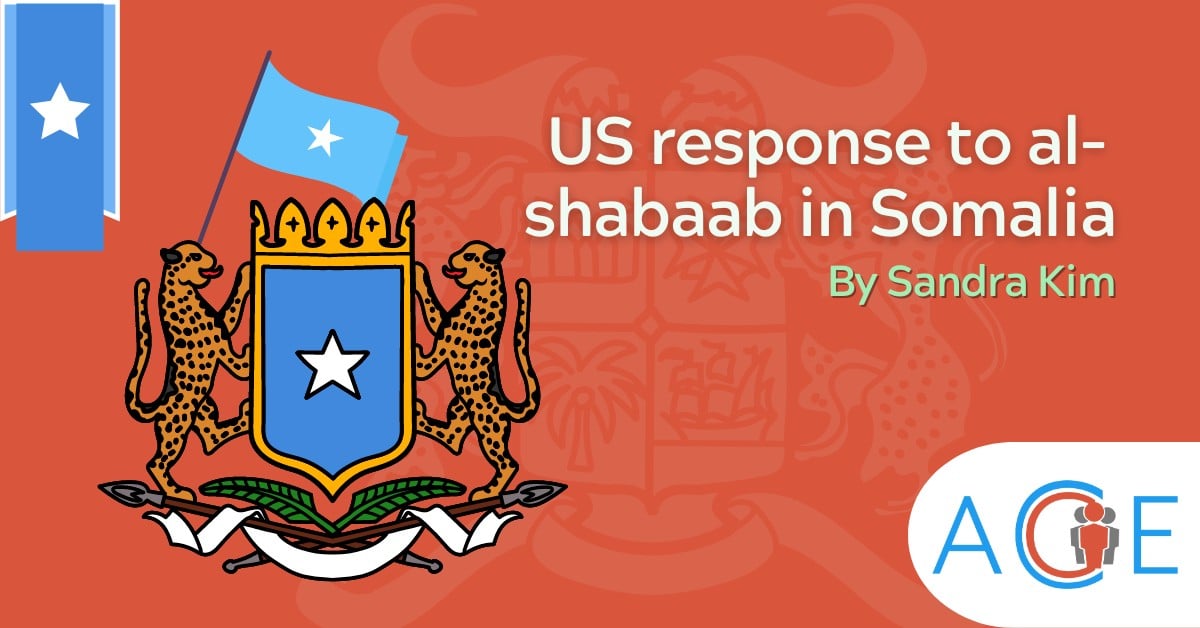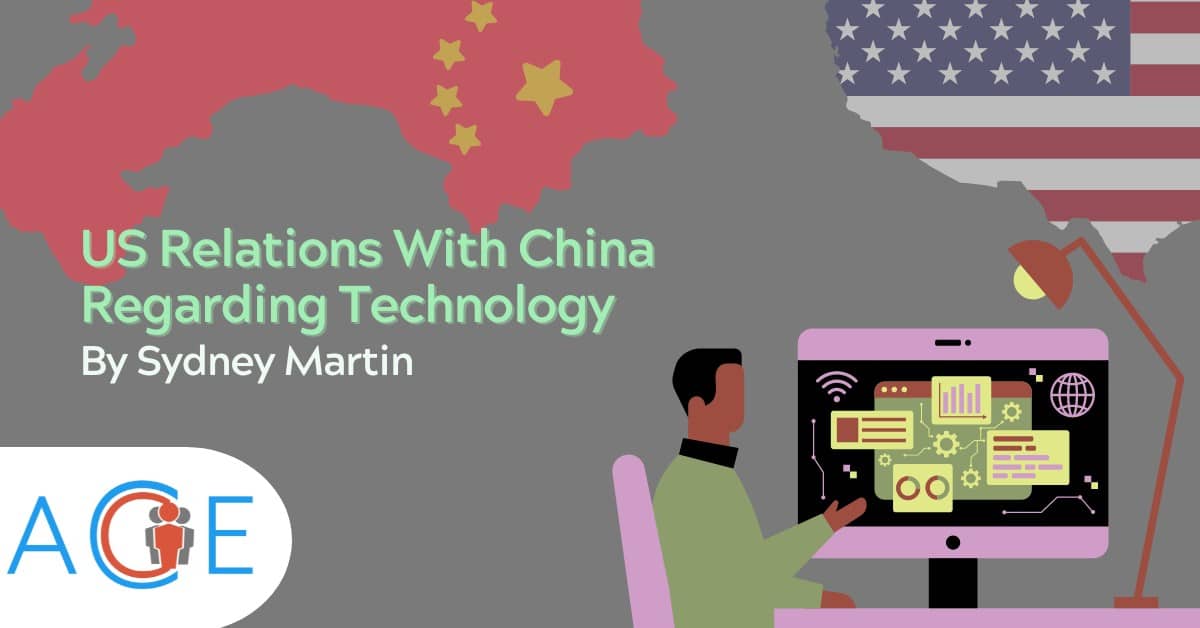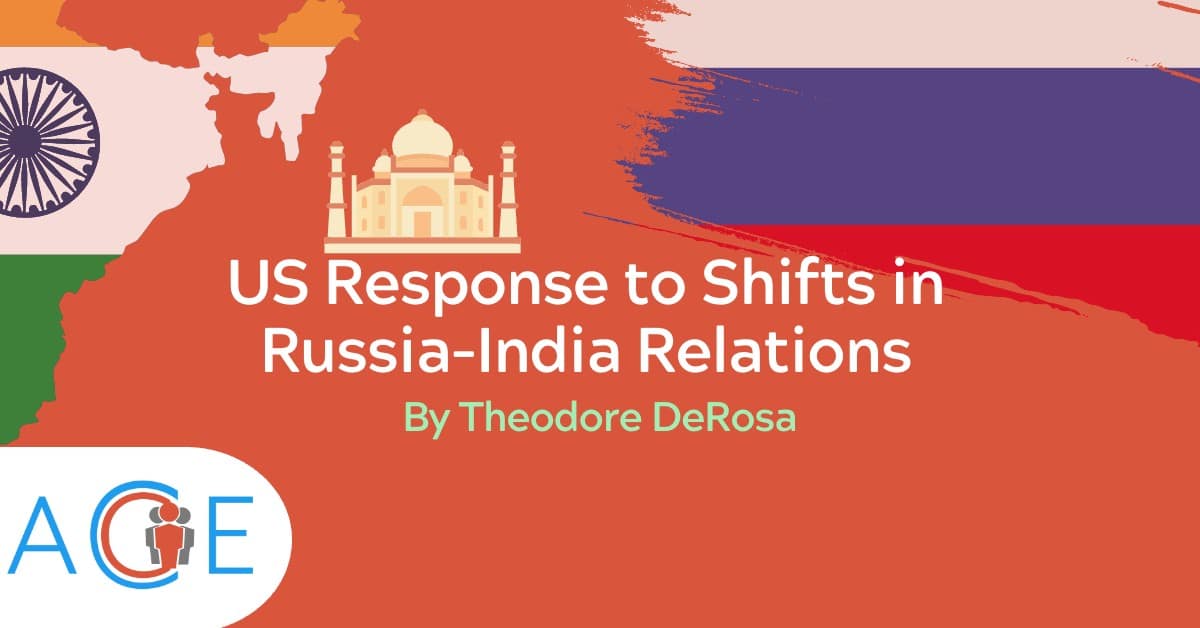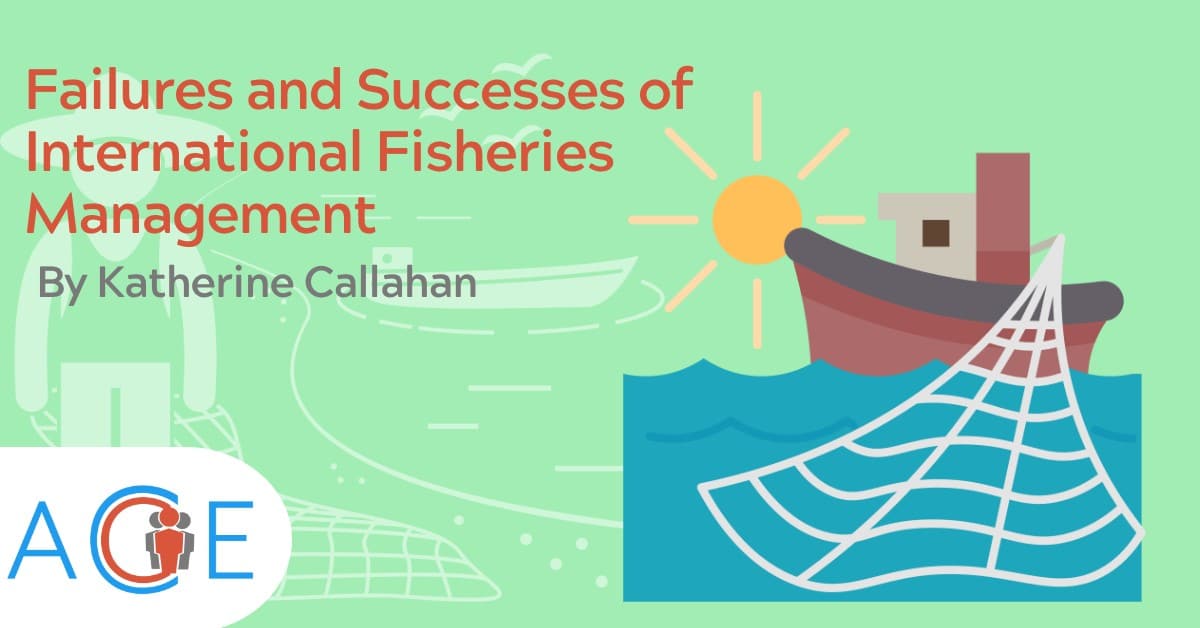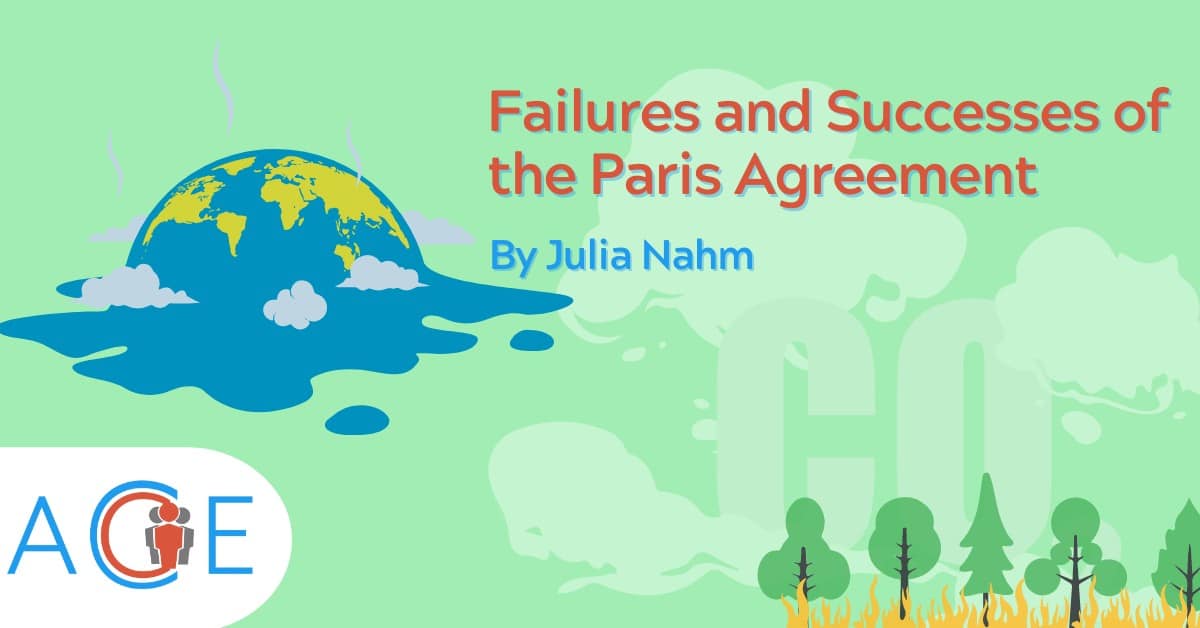Kosovo is a highly contested area between Serbians and Albanians,who both view Kosovo as ancestral land. Control of Kosovo passed between the Ottoman Empire, Serbia, and Yugoslavia throughout the 1800’s to 1900’s, and Kosovo declared formal independence from Serbia in February of 2008.
Key Dates
- 1946: Kosovo is absorbed into Yugoslavia.
- 1974: Kosovo is given autonomous status within Yugoslavia.
- 1990: Yugoslav President Slobodan Milosevic removes autonomous status, putting Kosovo under Serbian rule. Protests begin.
- 1996: Kosovo Liberation Army (KLA) increases attacks, followed by a crackdown by the Serbian government.
- 1999: NATO begins aerial attacks on Serbian targets, Yugoslav and Serbian forces begin a campaign of ethnic cleansing of Kosovar Albanians. Eventually a peace agreement is signed and a UN administration takes over.
- 2008: Kosovo declares independence.
Crisis and Ethnic Conflict
Ethnic conflict in Kosovo largely stems from historic systemic grievances between ethnic Serbs and Albanians. Authoritarian leadership, especially under the Ottomans and Austria-Hungary capitalized on tensions between the two groups, often favoring one above the other for political reasons. Furthermore, both Kosovar Serbian and Albanian political factions perceived the situation in Kosovo as an irredentist conflict. This implies that both groups assert their right to unite Kosovo with other territories inhabited by their respective ethnic majorities, such as Serbia or a ‘Greater Albania‘. In such cases, diplomatic solutions are difficult to achieve.
The state of the conflict in Yugoslavia in 1998 concerned leadership in NATO, the UN, and the international community. As Yugoslavia broke apart, the budding nation-states often disputed territory and rights as ethnic groups struggled to determine the shape of the new governments. Conflict in Kosovo further destabilized the Balkans during the late 1990’s. Despite an established cease-fire, ongoing violence prompted NATO leadership to opt for military intervention. Prior to the intervention, indicators of ethnic cleansing included actions like widespread displacements and confiscation of identification and property documents. By the time peace terms were reached, numerous governments and organizations estimated the death toll to be in the thousands.
NATO Intervention
Before NATO’s intervention, numerous efforts were made by the international community to negotiate and establish cease-fires. In January 1999, six nations (France, Italy, Germany, Russia, UK, and US) convened for international mediation in the conflict. However, their attempts to secure an agreement between Kosovar Serbs and Albanians proved unsuccessful. Concurrently, NATO had issued a warning to the parties that the organization was prepared to carry out air strikes if the violence persisted.
In March 1999, NATO initiated air strikes as part of Operation Allied Force. These strikes were carried out without a UN resolution, sparking debates about the operation’s legitimacy. The air strikes primarily targeted Serbian military strategic targets such as weapons, communication and supply lines, as well as oil sources. During this period, significant humanitarian aid was provided to the refugees alongside these efforts. President Milosevic eventually opted for peace negotiations in early June 1999 upon recognizing the campaign’s failure. Despite his regime’s focus on asserting Serbian dominance, the incurred losses were substantial. Since then, NATO peacekeeping troops have continued their presence. However, tensions escalated in 2023 due to Serbian protests against elected ethnic Albanians in local government, leading to clashes between demonstrators and NATO peacekeeping forces.
US Interests and Reaction
The United States is a strong ally of Kosovo, having supported the NATO intervention in 1999. The recent rise in tensions has raised concerns among the majority of Congress about potential instability in the heart of Europe. Additionally, the US made substantial investments in providing aid for the reconstruction of Kosovo.
While the US aims to support Kosovo and maintain its role as a mediator alongside Russia, recent use of force is viewed unfavorably by policymakers as it intensified tensions. Decisionmakers are likely concerned about the potential for a second front of destabilization in Europe, especially with the ongoing conflict in Ukraine.
International Reactions
In 1999, public opinion in Europe regarding the airstrikes was varied. While many countries saw the Balkan conflict as a threat to European security and favored some form of action, there were differing stances. For instance, France withheld support due to the absence of a UN mandate. Meanwhile, neighboring nations like Greece, while not endorsing military intervention, provided medical assistance and peacekeeping troops to NATO, believing that military force wouldn’t resolve the dispute.
Countries in the region, such as Macedonia, Bulgaria, and Albania, often responded based on their strongest domestic ethnic affiliations. Even if they didn’t have the political will to participate in the airstrikes, neighboring states still assisted through humanitarian aid, accepting refugees, granting NATO airspace access, or supporting diplomatic resolutions. Russia strongly criticized the NATO air strikes, and public opinion largely favored Serbia, given their deep historical, cultural, and political connections. Moscow leadership was unsure about the extent of their influence in neighboring countries post-Soviet Union dissolution. As air strikes persisted and talk of a ground invasion arose, Russian leadership, led by Boris Yeltsin, became worried about the potential economic repercussions of the conflict on Russia’s relations with the West. Under Russia’s influence, Milosevic eventually halted the campaign against Kosovar Albanians.


